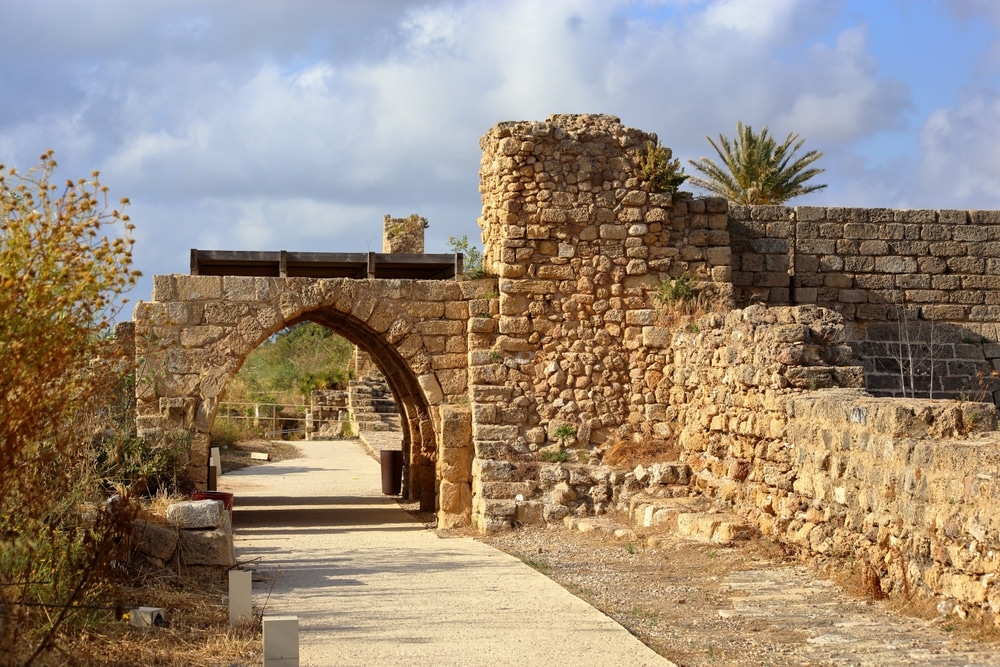(OPINION) In the sun-baked ruins of an ancient Syrian city, a revolutionary discovery is rewriting the story of early Christianity. For nearly a century, scholars have pointed to a modest structure in Dura-Europos as the prototype of Christian architecture – a simple house transformed into a place of worship. But now, this cornerstone of religious history is crumbling under the weight of new evidence.
Researchers Camille Leon Angelo from Yale University and Joshua Silver from the University of Manchester have shaken the foundations of religious scholarship with their fascinating study, published in the Journal of Roman Archaeology.
Their work challenges the long-held belief that early Christians worshipped in adapted homes, suggesting instead that they may have been more intentional in creating distinct sacred spaces than previously thought.
The building in question, known as the “Christian Building” at Dura-Europos, was discovered in the 1920s and has since been hailed as the prime example of a “house church” or “domus ecclesiae.”
Scholars believe it was originally a private residence that was renovated around 234 CE to accommodate Christian worship. This structure was thought to represent a crucial link between the house churches mentioned in the New Testament, such as in Acts 12:12, and the grand basilicas built after Emperor Constantine’s conversion.
However, this new research suggests that the structure was far more radically altered than previously thought, to the point where it no longer resembled or functioned like a typical house in the city.
The Christian Building remained in use until around 254-256 CE, when its story took a dramatic turn. The Sasanians laid siege to Dura-Europos, prompting the Romans to fortify the city’s western wall with a massive earthen embankment.
This defensive measure inadvertently sealed off many buildings, including the Christian Building. After the city’s conquest and abandonment, this embankment served as a time capsule, preserving the structures remarkably well over the centuries.
Leon Angelo and Silver conducted a detailed analysis of the building’s architectural features, comparing them to other domestic structures in Dura-Europos. They found that the renovations made to accommodate Christian use went beyond simple adaptations, fundamentally changing how people would have experienced and used the space.










